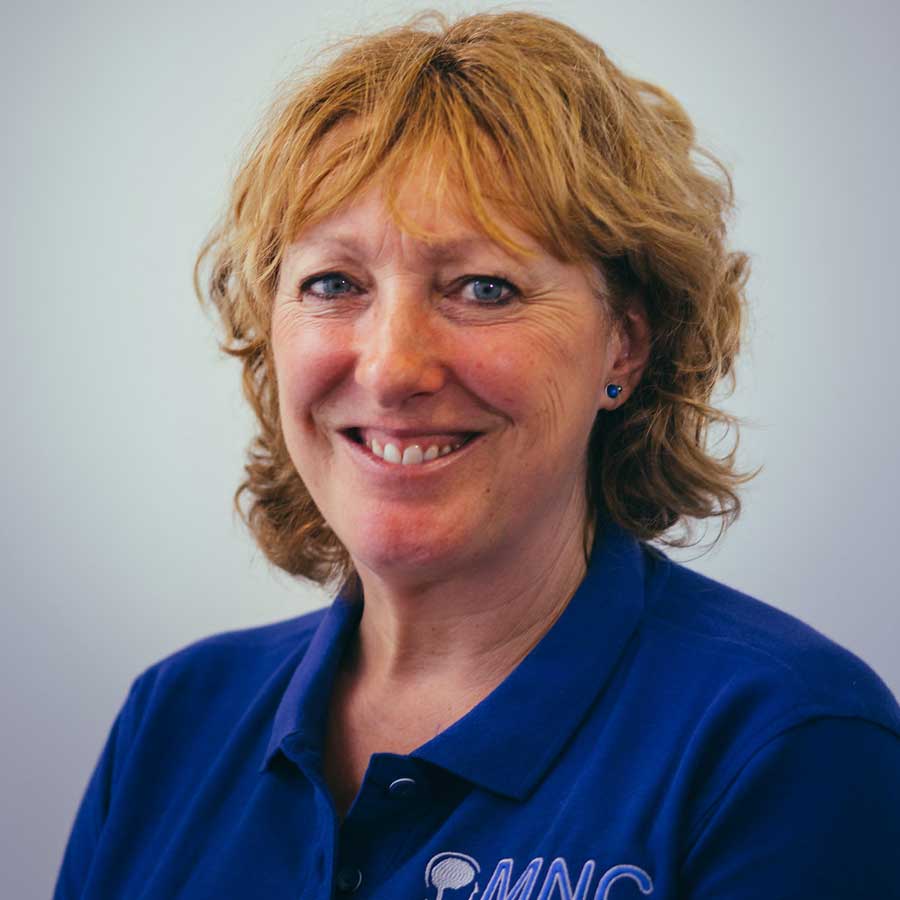- Guillain-Barré syndrome is a rare condition that affects the peripheral nervous system and is the most common acute paralytic neuropathy worldwide. The peripheral nervous system comprises the nerves that carry signals from the brain and spinal cord to the muscles and take sensory information such as temperature or muscle and joint movement back to the brain.
- Most patients present with a flu like illness up to 4 weeks before developing neurological symptoms and several viral or bacterial infections have been associated with Guillain-Barré syndrome. It is considered an inflammatory demyelinating neuropathy, which means the body’s immune system changes and starts to attack and damage the nerves, reducing their ability to carry signals between the brain and muscles.
- Typically, the key presenting symptom in most patients is progressive weakness in both sides of the body, which usually starts in the hands and feet. This can be associated with sensory problems, muscle pain, radicular pain and reduced tendon reflexes.
- Patients can experience progression of weakness within a few weeks but the severity and duration of disease is diverse and can range from mild weakness and tingling in the hands and feet to complete paralysis of all muscles.
- In the most severe Guillain-Barré cases the breathing, swallowing and facial muscles are also affected leading to the person requiring a ventilator to breathe and a feeding tube for eating.
Once the disease is stabilised the nerves can begin to recover. Therefore Guillain-Barré syndrome treatment involves specialist neurological physiotherapy input to assess and treat the individual as recovery occurs.
- During recovery, people may experience pain and altered sensations in the affected areas due to the weak and altered signals travelling through the nerves. Also the weakness that remains in their muscles can affect balance, mobility of joints and posture, causing difficulty moving around, walking and potentially leading to fatigue.
- As the individual recovers they may experience an imbalance in their muscle strength as different muscles recover at different rates. This imbalance may cause compensatory movement and fixation strategies.
How can MNC help you?
- The key role of neurophysiotherapy at this stage is to make movement as efficient as possible, ensuring good alignment to help prevent associated secondary problems such a muscle stiffness, loss of range of movement or pain.
- Physiotherapy using the Bobath Concept is tailored to each individual patient’s presentation. It helps to guide recovery to ensure the muscles are being activated in the most appropriate alignment and at the right time, to optimise postural control and so ensure that the best possible recovery is gained.
- Guillain-Barré treatment may include muscle strengthening, facilitation of efficient movement patterns, balance re-education, soft tissue re-alignment, cardiovascular exercise, gait training and upper limb recovery.
References
Shahrizaila N et al. Guillain-Barrè syndrome. Lancet 2021;397: 1214–28
Willison HJ et al. Guillain-Barré syndrome. Lancet. 2016 Aug 13;388(10045):717-27

Do you want to speak to a Therapist?
call: 0161 793 0003 or get in touch using our contact form



